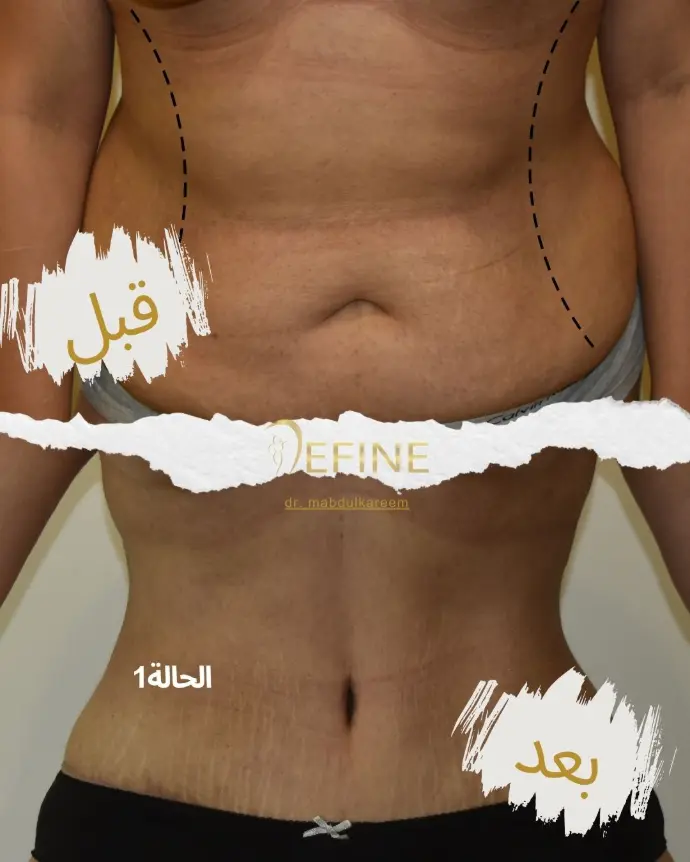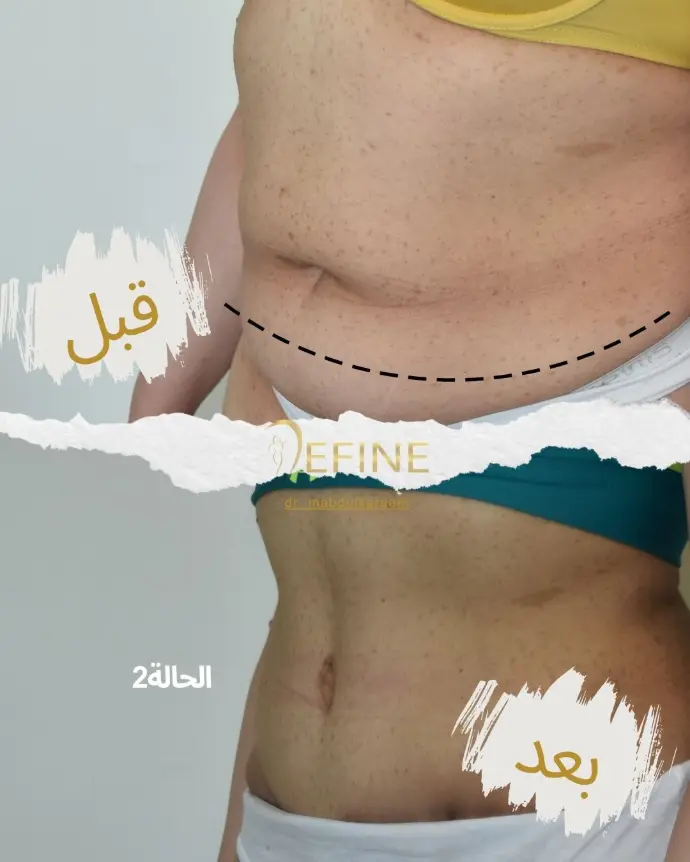Abdominoplasty, commonly known as a tummy tuck, is a cosmetic surgical procedure designed to remove excess skin and fat from the abdominal area while tightening the underlying muscles to create a smoother, firmer, and more toned abdominal appearance. It is often performed on individuals who have experienced significant weight loss, pregnancy, or aging, which can lead to stretched or sagging skin, weakened abdominal muscles, or stubborn fat deposits that don’t respond well to diet and exercise. The procedure can range from mini-abdominoplasty to Belt lipectomy. The goal of abdominoplasty is to restore a more youthful, flat, and toned stomach contour.
Frequently Asked Questions about Abdominoplasty:
Ideal candidates are generally healthy individuals who have excess skin or fat in the abdominal area that has not responded to diet or exercise. Abdominoplasty is often sought by people who have experienced significant weight loss, pregnancy, or aging. It is important to be at or near a stable weight before undergoing surgery.
Yes, there will be some scarring. The incision is typically made in a low, horizontal position just above the pubic area, which helps to keep it discreet even in clothing. While the scar may be noticeable at first, it tends to fade and flatten over time, becoming less conspicuous.
Recovery usually involves 2-4 weeks of resting, with the ability to return to light activities. More strenuous activities or heavy lifting should be avoided for 6-8 weeks. Full recovery takes around 6-8 weeks, but it may vary based on individual healing rates.
Yes, many patients choose to combine abdominoplasty with other procedures,
The results of abdominoplasty are generally long-lasting, especially if you maintain a stable weight. However, the natural aging process, weight gain, or pregnancy can affect the appearance of your abdomen over time. Leading a healthy lifestyle helps preserve the results










